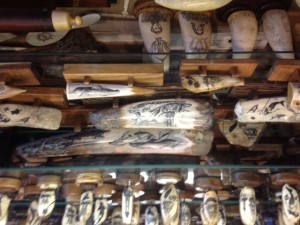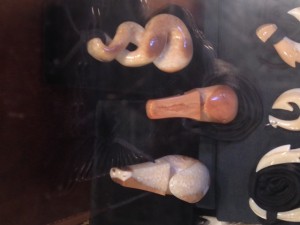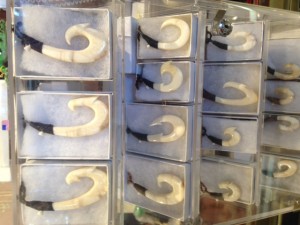Context:
I had asked my friend if he had any stories or tales from his childhood that his family would tell. He comes from an area of Kansas City, Missouri that is traditionally an African-American community, and he told me a tale, a fable, that his mother used to tell him when he was growing up.
Tale:
This is a story that my mother reiterated to me many times during her lifetime and when I was a child. There was a man in Africa, walking up a mountain. Halfway up the mountain, it starts to get cold, even though it is hot at the bottom of the mountain. Halfway up the mountain it is kind of frigid. Halfway up the mountain, this man happens upon…a very sickly snake. And the snake is sitting there in this cold climate and its basically freezing and it looks up to the man and says, “Please, sir, please, will you carry me down the mountain?”
And the man is going down the mountain, and he looks at the snake and he says, “But you’re a snake. Not only are you a snake, but you are a very poisonous snake. If I pick you up you will surely bite me!”
And the snake says, “Silly man, now why would I do that? I – I need your help. If – if I stay here I will surely die. If you carry me past the peak of the mountain, and down to the warm foothills, I will not bite you. I will be forever grateful.”
So the man thinks about it. And being a good man, an honest man, decides to help the snake. So he picks the snake up and he walks toward the peak. And he starts to walk on toward the peak and as it gets colder, the snake gets very, very still. But finally they pass the peak and they slowly get down and the weather starts to get warmer and the snake starts to move around. And as they go down the mountain, all of a sudden the frost clears, there’s green foliage and the snake is slithering happily as the man is carrying it in his arms. And finally, they are almost to the foothills and the man feels a sharp pain. Bam! The snake has bitten him. And he falls to his knees as the poison takes hold and he looks at the snake and he goes, “Snake, I’ve helped you, I’ve saved your life, and you promised me that you wouldn’t bite me.” And he goes, “Why!? Why!?”
The snake slithers off, takes a moment to pause as he decides to answer. And he looks back at the man taking his last breaths, and he says, “You knew what I was when you picked me up.” And he slithers off.
Analysis:
This tale is a fable that has a clear moral, like most fables, which is that you should not offer your help, your aid, to someone or something that you know to be dangerous. This tale is also serving as a warning to not trust the promises of a desperate man, and to be wary of those who might stab you in the back. This is the kind of tale that would be told, and is told, to children. After all, the informant’s mother would often tell this story to him when he was growing up. The fact that the informant grew up in a traditionally African-American part of the city he lived in, would suggest that this tale is African in origin.



